I just finished a part of the terrain-generator …well, let’s call it “the OpenGL project” that generates some three-dimensional primitives.
I think the internal API is quite nice – though, admittedly I may be a bit biased… 🙂
If one wanted a sphere (there is no choice, really – spheres are the only primitives implemented for now) at some point (1,2,3) in space, it’s:
(at 1 2 3
(sphere))
That sphere has a radius of one unit – a sphere with half of that size would be:
(at 1 2 3
(scaled 0.5
(sphere)))
Two spheres with that 0.5 unit radius could be written as:
(scaled 0.5
(at 1 2 3 (sphere))
(at 4 5 6 (sphere)))
and so on. Quite simple. These functions return lists (well, actually trees) and those lists can then be passed to a render function.
I’m quite happy with that part of the code looking clean and nice again
- the mindless hacking and testing of the past two weeks began to take its toll.
Screenshot number one (two spheres, obviously):
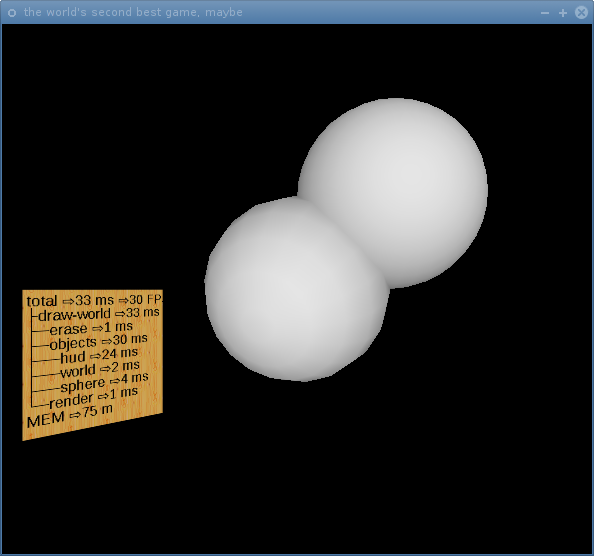
And screenshot number two:
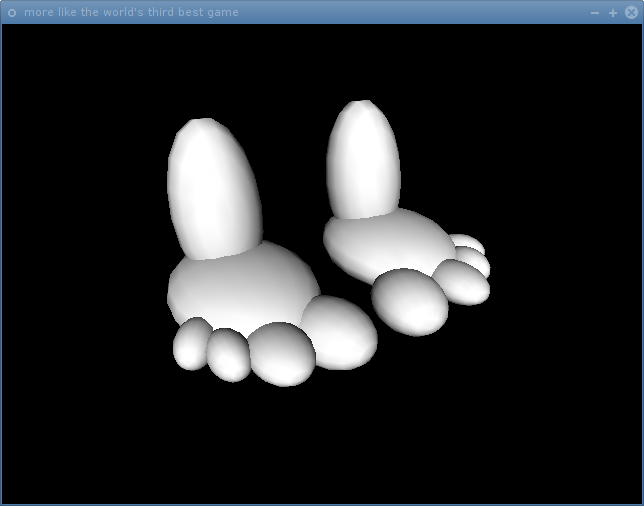
The feet are only made of scaled and rotated spheres (per-axis scaling, obviously). Once I had one foot defined, the whole high-level rendering code looked like this:
(render
(at 1 0 -5 foot)
(at -1 0 -5 (mirrored/x foot)))
Which, I think, looks quite elegant – and the outcome is better than I thought. I just want to avoid doing manual 3D mesh modeling.
You might have also noticed some diffuse light – I switched the standard OpenGL lighting on now. Better lighting and materials are the next point on the TODO list.

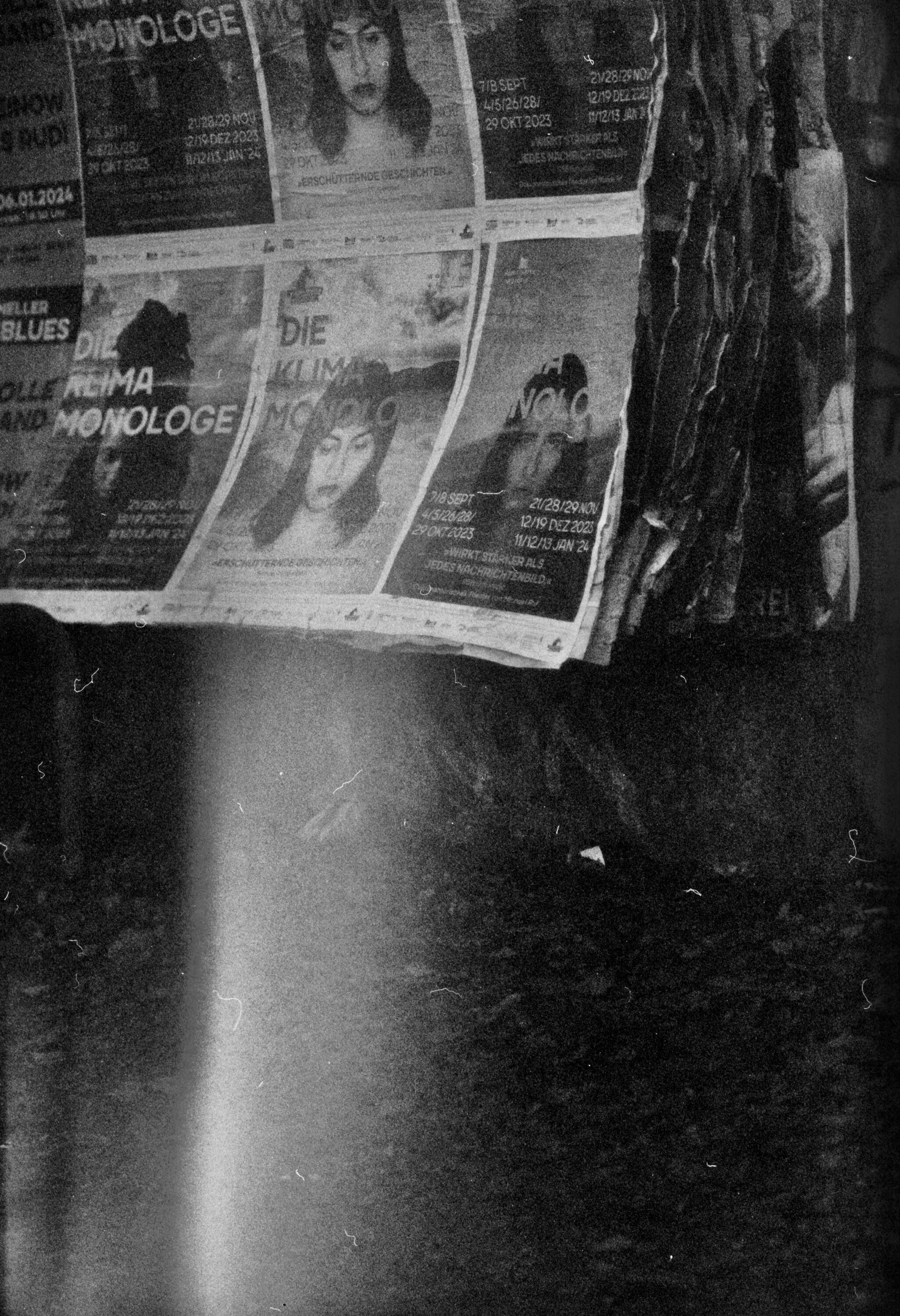
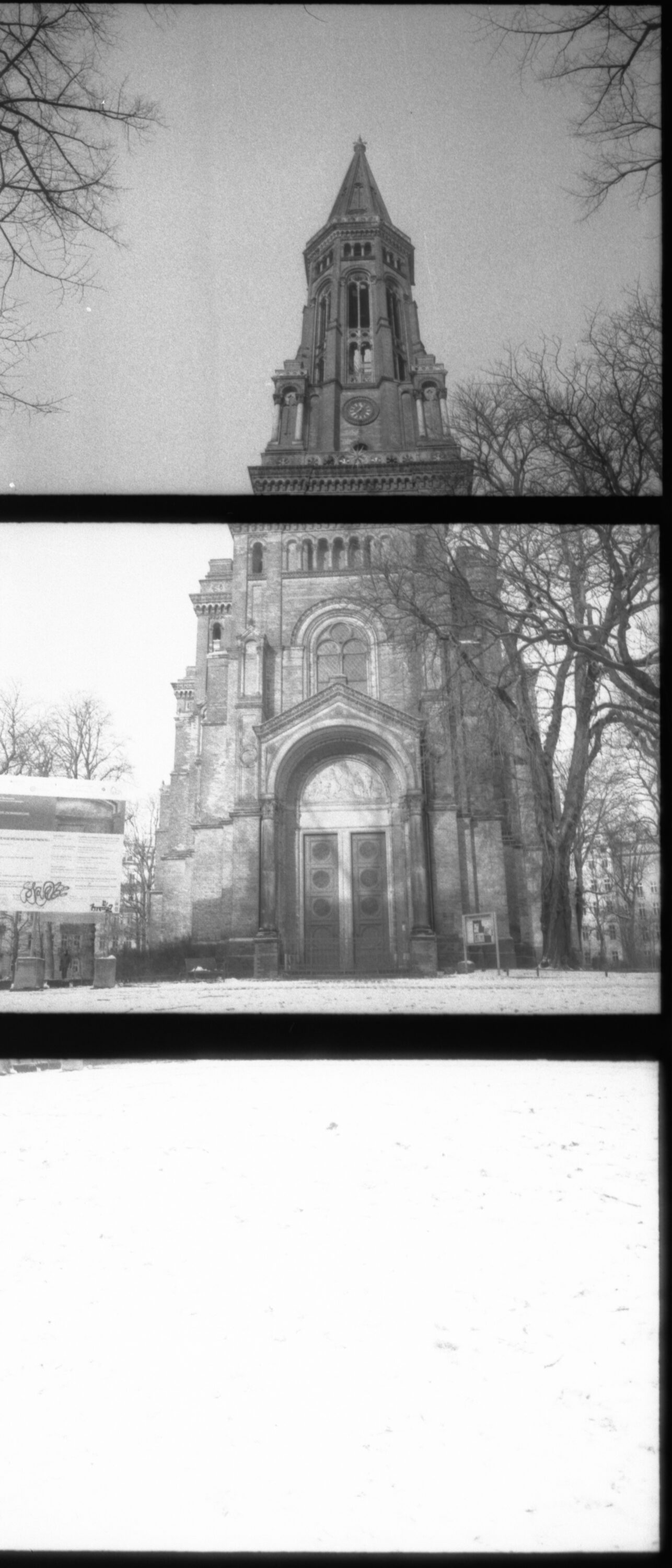
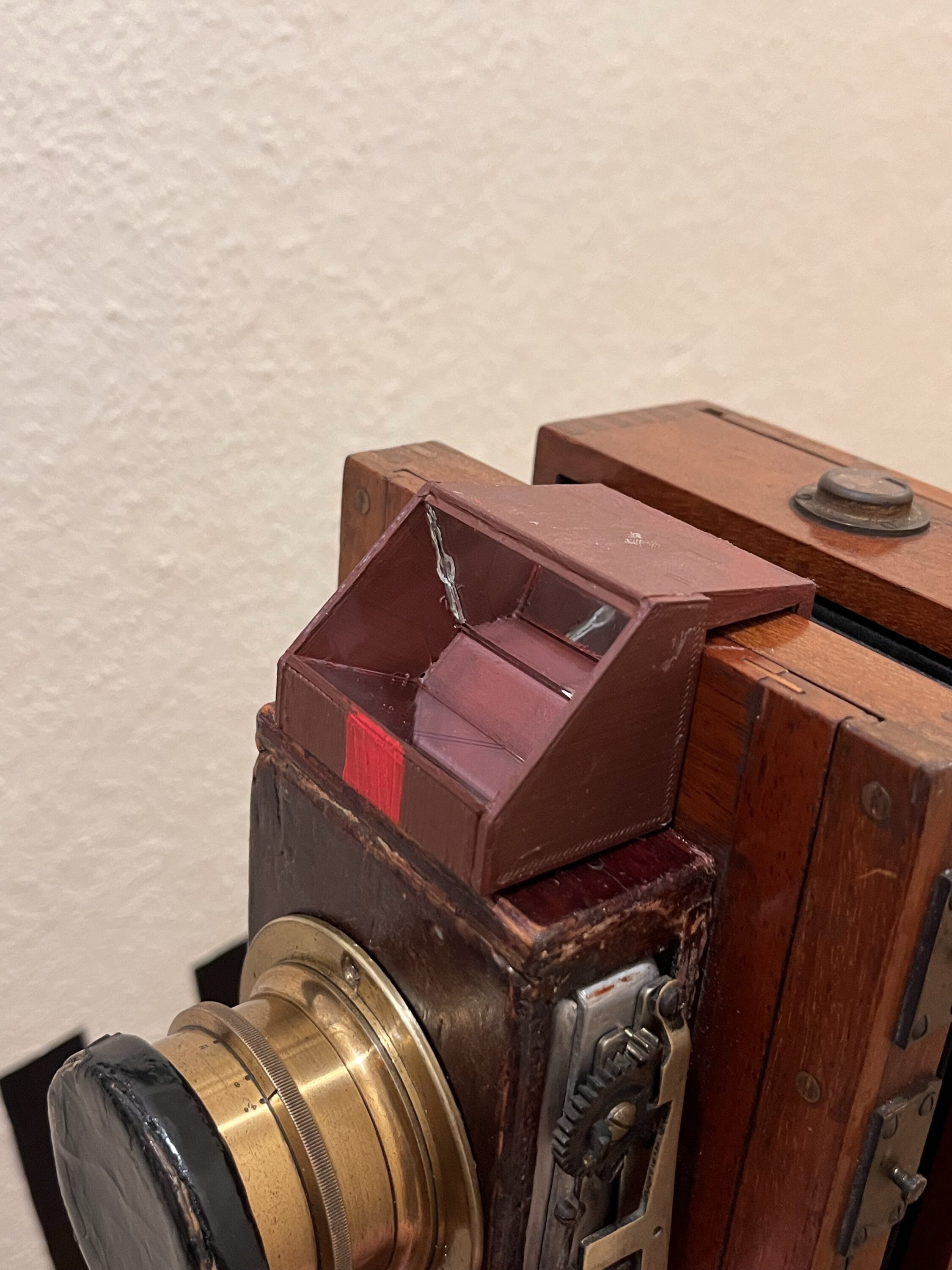
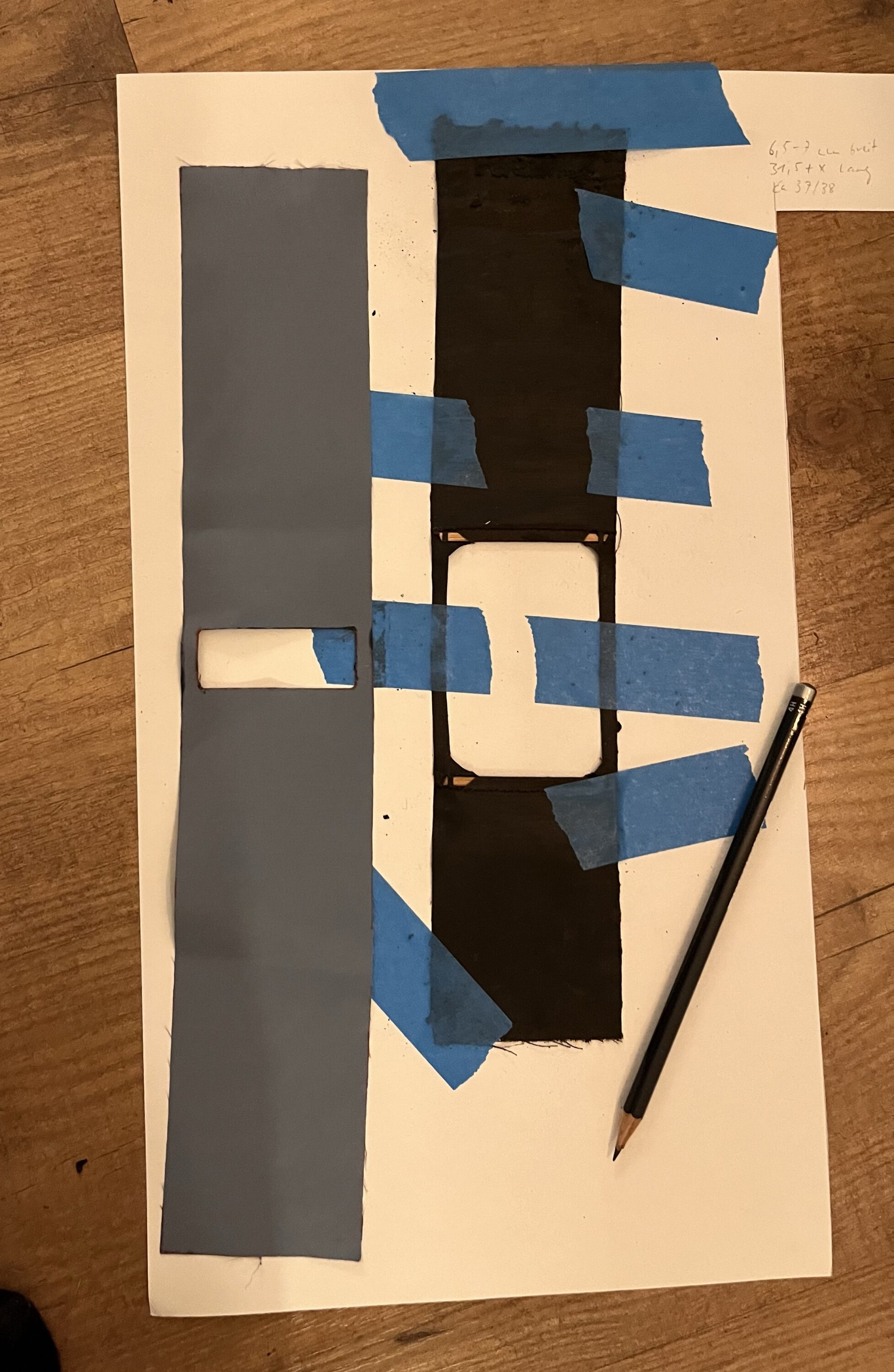
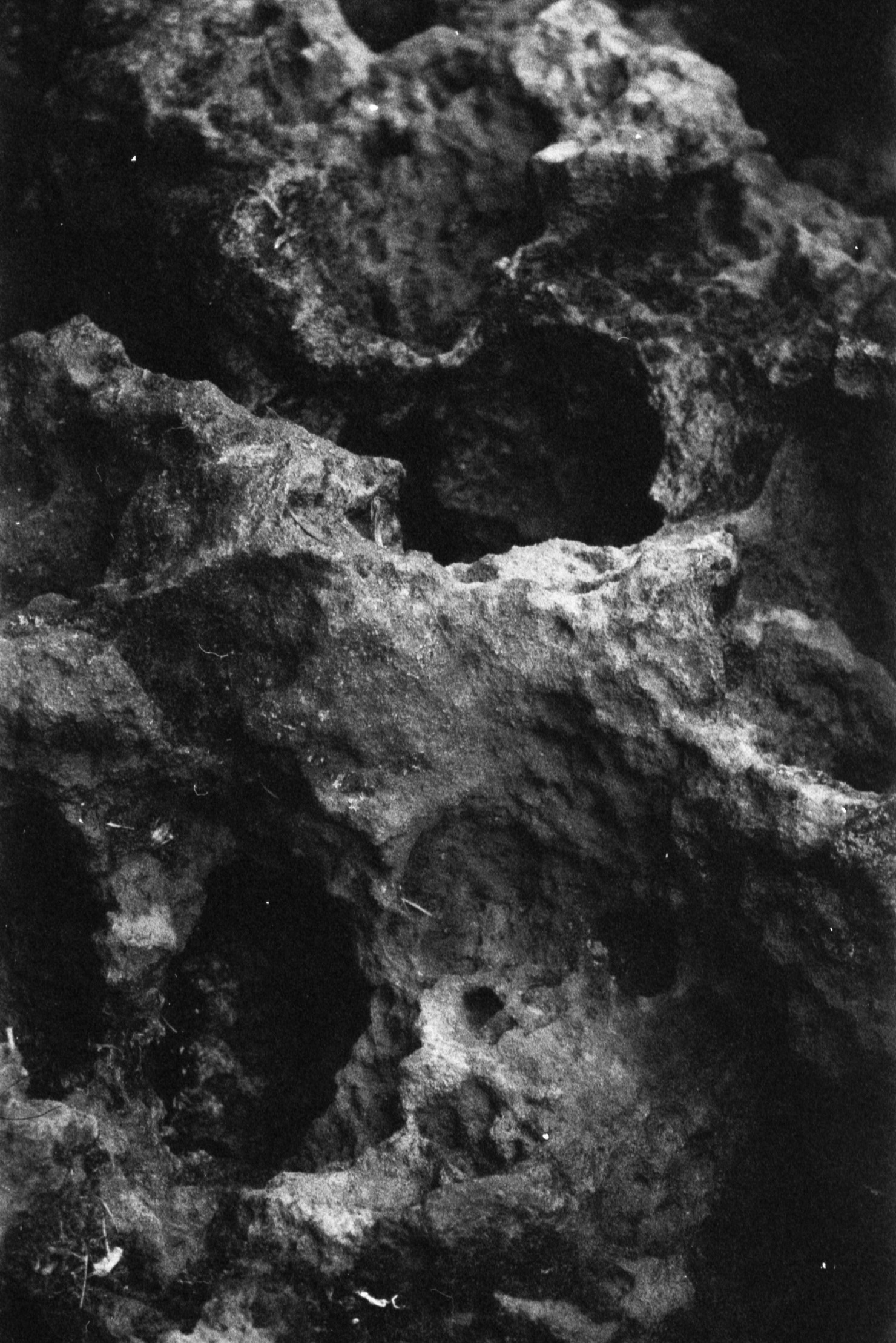

Leave a Reply